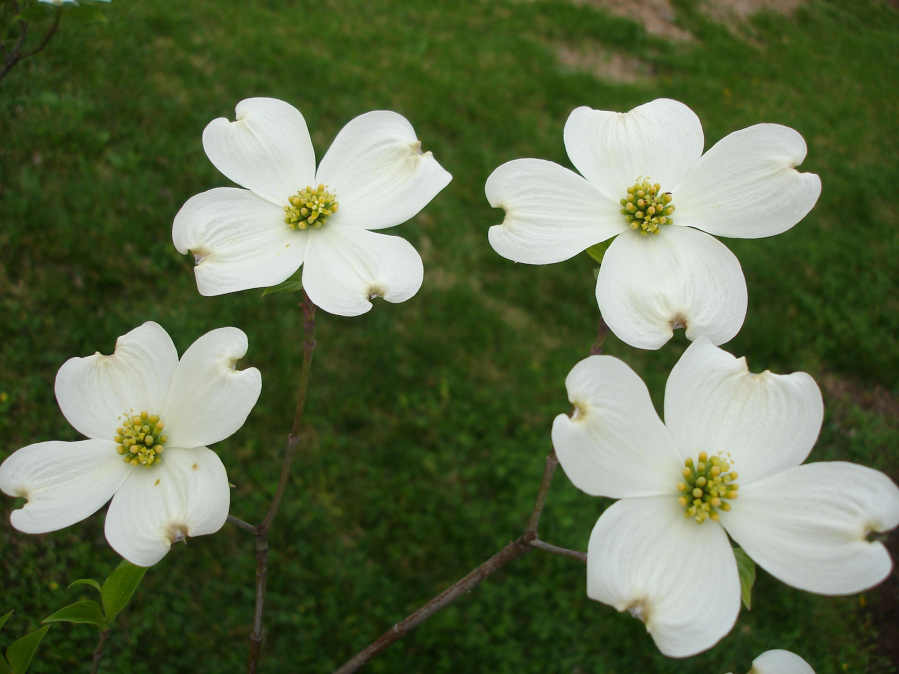Flowering dogwoods have always been a little fussy to grow, but contemporary disease and pest pressures make optimum cultivation even more important.
Ideally, they should grow in a site that gets plenty of light but not full sun, such as an area that is sunny in the morning but shaded in the afternoon or below trees with a high leaf canopy. (Kousa dogwoods and their hybrids can take sunnier conditions.)
Dogwoods won’t tolerate boggy areas, nor will they like hot, dry locations in poor soil. To minimize powdery mildew, avoid planting in corners or other areas with poor air circulation.
Existing dogwoods — those that didn’t bite the dust — can give clues to proper location. Those in sites where the spring rains and dew burned off escaped the dogwood anthracnose. “We did a lot of research, and site location is tremendously important,” said Mark Windham, a plant pathologist at the University of Tennessee.
Another key element is whether the trees received pruning when young to permit an open and airy branch architecture, said Adria Bordas, the horticultural extension agent for Fairfax County, Va. Diseased branches should also be removed to prevent the spread of both diseases.
The biggest threat facing new dogwoods is incorrect planting, Windham said. “They have very hard wood but very soft bark that will rot if clay soil is up against the trunk. It should be planted no deeper than what it was in the container. My advice is, after planting, you should be able to see the top of the top root. And then put some mulch over that,” he said.
Because flowering dogwoods hate drought, young plants should be watered regularly in their first two years until they are established, but not to the point where the soil stays wet. Once they are established, don’t overwater them. In periods of drought, a mature tree should receive five gallons of water weekly.
Avoid heavy wood mulches and do not pile mulch against the base of the trunk. Dress the root zone instead with an annual layer of shredded leaves or half-rotted leaf mold. This will break down to create the sort of woodland duff that dogwoods like.
Make sure that the site you choose has space enough to accommodate a tree that can grow 20 feet high and 25 feet across, i.e. not right next to a path or a wall.
If you want ground covers in the plant bed, various ferns, sedges, foamflower, creeping and wild blue phlox, and wood asters would make great complementary native perennials.



